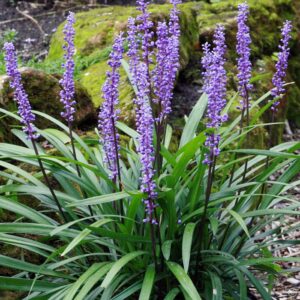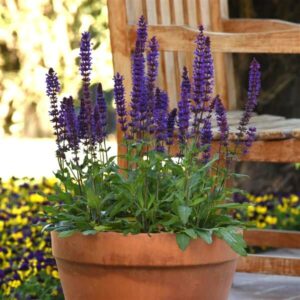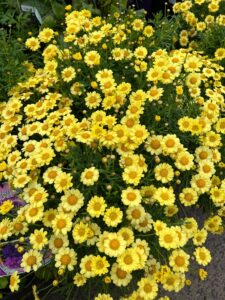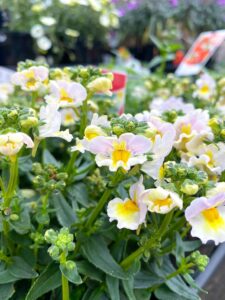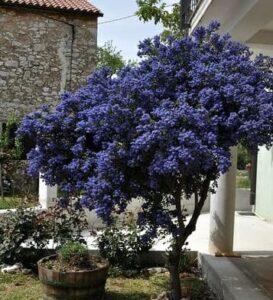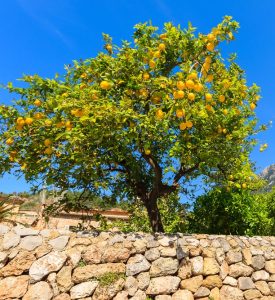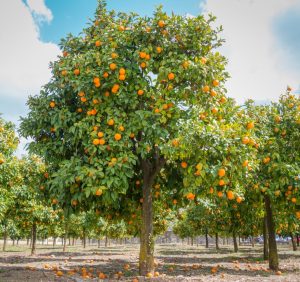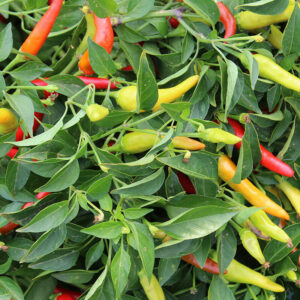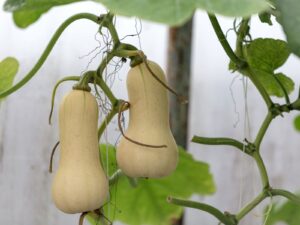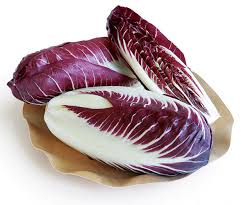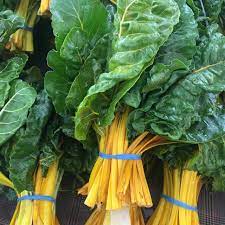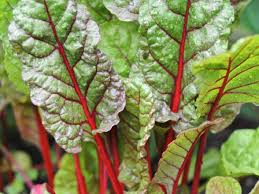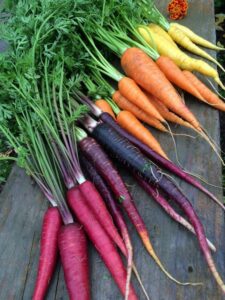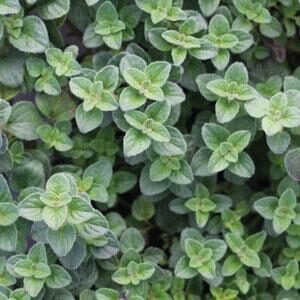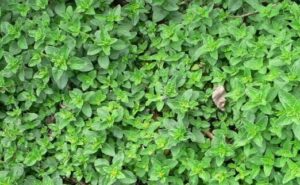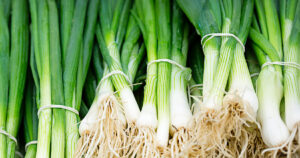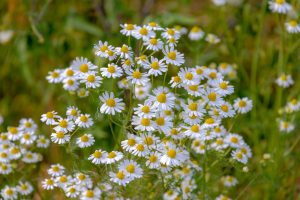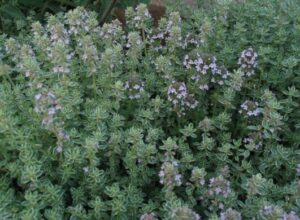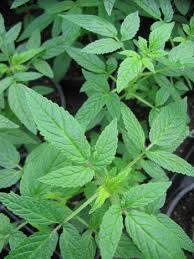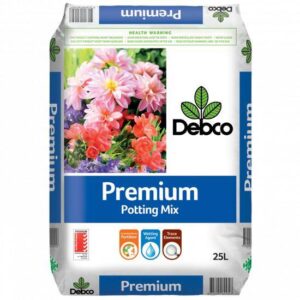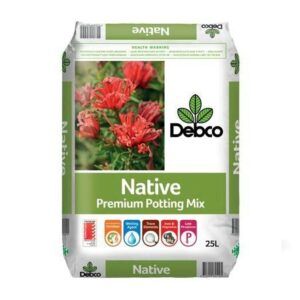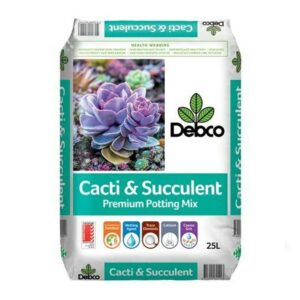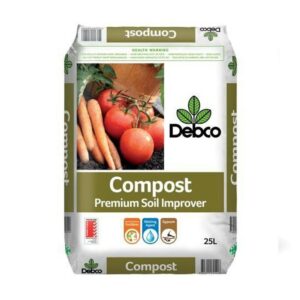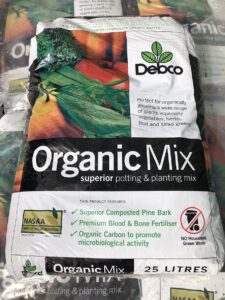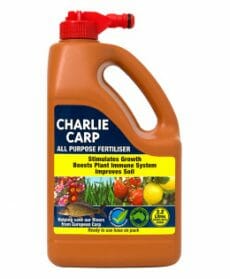
October in the Garden 2021
Hello Hello, dear gardening friends!
October is here already with some beautiful warm sunny days alternating with some heavy showers! We are eagerly anticipating the end of the lockdowns here in Melbourne. With the incredible amount of orders we have received and the thousands of plants we have delivered in the past month, we know for a fact that many of you are making the absolute best use of this time, to reconnect with nature and enjoy some sunshine in the garden, amongst all the pretty plants.  Soon we will be having people over, for a little party or a catchup barbie, and we can flaunt our amazing gardens. After all the hard work we have put in, we deserve a little praise! There are always little touch-ups to do, little nooks and crannies to fill up, with some colourful flowers perhaps, and general maintenance to do. Maybe you did not think about the garden too much over Winter, but now with the warm weather, you want to spruce it up. If that is the case, there are easy ways to make the garden pop and looking amazing without breaking too much of a sweat. Gardening works wonders for the body and the soul, so let’s get digging and planting!
Soon we will be having people over, for a little party or a catchup barbie, and we can flaunt our amazing gardens. After all the hard work we have put in, we deserve a little praise! There are always little touch-ups to do, little nooks and crannies to fill up, with some colourful flowers perhaps, and general maintenance to do. Maybe you did not think about the garden too much over Winter, but now with the warm weather, you want to spruce it up. If that is the case, there are easy ways to make the garden pop and looking amazing without breaking too much of a sweat. Gardening works wonders for the body and the soul, so let’s get digging and planting!
Maples
This is a great time to choose your maple as they are at their best right now, putting on an amazing display, with their spectacular array of foliage types and colours. Maple trees can provide a striking focal point in your garden, be the perfect plant to put in a large container on your patio or grow into an impressive bonsai specimen. We have dozens of Japanese maple varieties in various sizes, with a large assortment of leaf shapes and colours ranging from shades of green to orange, red, purple, pink and variegated.
Click here to see them all!Striking foliage grasses
Grasses are starting to bounce back after naturally dying back in Winter and are looking great. Here is an exciting selection of grasses we have right now that will make any garden look amazing!Click here to see them all!
-
Liriope ‘Evergreen Giant’ 3″ Pot (Pack of 10)
0Original price was: $49.99.$39.99Current price is: $39.99.
Flowers
• We have a fantastic selection of perennial flowering plants in store right now that are in full bloom. You can easily plant these in your garden to make it pop with interesting textures and colors all Spring and Summer long.
• Camellias: We have a great selection of camellias in 16inch pots. These are eco-grade, meaning they are a bit scrappy, but with some light pruning and care, they will look fantastic. They are big bushy 4ft plants at a low low price. They are established plants that bloom profusely and are ideal for pots or your garden.
• Bougainvilleas are very popular for their strikingly colourful flowers that last a very long time! We have a beautiful range to choose from! Click here to see them all!
• More exciting flowering plants! Here are some new and exciting varieties of flowers we have in store.
Fruits
Going into your garden, picking your own fruit, and enjoying them as fresh as they can be, is really a special feeling. If you choose a dwarf variety, you do not always need much space for them, as they are happy to grow in big pots and you can trim them to your preferred size. Now if you have space, by all means, plant a full-size variety and put them in the ground and let them grow into bountiful monsters! You could then perhaps exchange or sell your surplus produce!
• Citrus plants. We have a great variety in 4L pots that are on sale right now! Citrus trees have been hard to get and in high demand this year, but this batch is new in. These are fantastic varieties that were originally destined for Victorian fruit farms, so you know they are born to produce fruit, plus they are very affordable.
-
-
-
Citrus ‘Lane’s Late Navel’ Orange 4L Pot
0Original price was: $54.99.$49.99Current price is: $49.99. -
• Various fruits. Here are some other interesting fruit trees for you.
Veggies, herbs and Greens!
• Summer/Spring veggies such as tomato, peppers, squash, eggplants, zucchini, chilies and basil can now be safely planted out in the ground! It is warm enough for them to grow beautifully. Remember to water them in properly with some seaweed fertilizers, which will help them settle in their new spot.
• Before planting your summer crops, dig in a generous amount of compost and manure in your veggie patch as these plants are quite heavy feeders. If you have experienced blossom end rot on your tomatoes in the past, it could be that your soil is deficient in calcium, and adding some garden lime will fix this issue. Just be aware that garden lime also raises the pH level of soils high in acidity, to make them more alkaline.
• If you still have remaining Winter veggies, which are surely flowering right now, time to say goodbye. You can juice the leaves or use them in your compost pile. It is not worth saving the seeds, as they will most likely not grow into the same plant you harvested them from. Broccoli, Brussels sprouts, cabbage, cauliflower, collard greens, kale, and turnips come from the same Brassicaceae mustard family of plants and cross-pollinate each other resulting in a hybrid plant when their seed is planted.
• Leafy greens such as lettuce, spinach, rocket, endive, silverbeet, mustard greens, and celery will all grow well in the garden right now until the early hot days of Summer are here. If you have limited space, you may want to favour Summer veggies instead and leave the leafy greens for the cooler months. You can also get creative and plant lettuce/rocket under or around your tomatoes/capsicums as they usually have shallow root systems that will not interfere too much. Planting them every couple of weeks will ensure a steady supply. See full list here.
• Root Veggies such as carrots, radish, turnips, parsnips, and beetroot are also great to plant right now. These are best sown directly in the soil. Young leaves can also make a tasty addition to your salads.
• Culinary herbs are really easy to grow and can be grown in pots on your balcony or your patio. They will grow well in shaded, partly shaded and sunny spots. You can harvest them and they will simply grow back. You can also chop them up, dry them and create your own mixed herbs for later use. Once you start planting your own herbs, you will never buy them at the supermarket again.
• Herbal Teas are perfect to aid digestion, sleep, and have many other beneficial virtues. You can either dry the leaves up for storage or use them fresh.
Pruning, Repotting & Weeding
• Spring flowering plants that have already bloomed can be deadheaded to keep them nice and tidy and encourage more blooming.
• If your potted plants are looking overcrowded, you can always trim them or split and re-pot them into new pots. Make sure to use the right potting mix for them.
• Scraggly plants. If you have tried to revive and fertilize old and sad looking plants to no avail, perhaps it is time to replace them. Rework the soil after pulling them out and let it settle for a week before planting a new plant there.
• Always stay on top of the weeds. With all the Spring flowers blooming and then releasing their seeds in the wind, you will see small seedlings popping up everywhere. It is easier to get them while they are still small by disturbing the topsoil and applying some mulch.
Soil, Fertilising, and Mulching
• For your veggie patch, if you have very poor soil, mix in generous amounts of rich compost, manure, and also some blood and bone meal. If your soil is already quite good, instead of turning it over, try top dressing. Turning the soil over when you already have healthy soil will disturb the delicate worm and microbial systems, which take time to build and are important for good plant development.
• Improve the growth, health, and yield of your plants by nurturing the soil as an alternative to using fertilizers. You can do that by restoring the beneficial microbial activity in your soil with some compost tea.
• Put some rich compost or well-aged manure around your fruit trees, to give them the well-needed boost for the Summer fruiting season.
• It is best to give some liquid feed to Summer flowering annuals every couple of weeks with a complete liquid fertilizer, to encourage healthy and vigorous new growth. You can also add some slow-release granular fertilizer that will feed your plants over a period of 3 to 6 months.
• You can put some fresh mulch around your plants to keep weeds at bay. If you are putting mulch for the first time, make sure to choose the right ones as they change the PH of the soil when they break down. Pine bark mulch creates acidity when breaking down, so it is perfect for Azaleas or Camellias, whereas straw or sugarcane are recommended for veggie beds. Do not put mulch too close to the stems but rather around it, as this will encourage the roots to grow outwards to find water and make them stronger. Also, make sure to give the soil a good soak before mulching. When watering over mulch, it needs some extra water to make sure it penetrates into the soil.
Pests & Disease
Now that there are lots of new shoots and seedlings, coupled with some warm weather and few showers here and there, there will be more insects in the garden.
• Aphids. Keep an eye out for them as they love the tender new growth. If there are not too many, you can leave them to help build the beneficial insect population that will then take care of the aphids for you later on. If you have an infestation, on the other hand, you can make some homemade aphid spray to apply under the leaves of affected plants. Mix 2 tsp vegetable oil, 1 tsp dishwashing liquid, and some garlic cloves crushed, mixed in 1lt of water, and left to infuse overnight. This is completely safe for other beneficial insects. Also, think of planting some beneficial insect plants that will attract ladybirds and they will take care of aphids for you. A favourite plant for ladybirds is the Angelica herb. • For ants you could sprinkle some diatomaceous earth on the ground where there is a lot of ant activity but only when it is dry. You will have to reapply it after it has rained. It is a natural organic control method that will not harm other insects.
• For ants you could sprinkle some diatomaceous earth on the ground where there is a lot of ant activity but only when it is dry. You will have to reapply it after it has rained. It is a natural organic control method that will not harm other insects.
• Citrus gall wasps are starting to emerge now that there is new growth. You should inspect your citrus trees and shave off of any galls you see with a potato peeler, exposing the wasps to die instead of cutting off the stems. If you cut the stems, it will encourage new growth that the wasps love. Some extra protection can be given by setting up some wasp traps.  • Keep an eye out on your Rose plants for common diseases such as black spot, rust, and mildew. If you have noticed any fungal disease in the past on your plants, now is a good time to spray them with some organic copper-based fungicides.
• Keep an eye out on your Rose plants for common diseases such as black spot, rust, and mildew. If you have noticed any fungal disease in the past on your plants, now is a good time to spray them with some organic copper-based fungicides. 
That’s it for this month! How exciting!
Wishing you all the best in the garden! Keep smiling, be happy and as usual, stay safe lovely people 🙂 
Gardening October 2021 Melbourne, Victoria, Australia.



